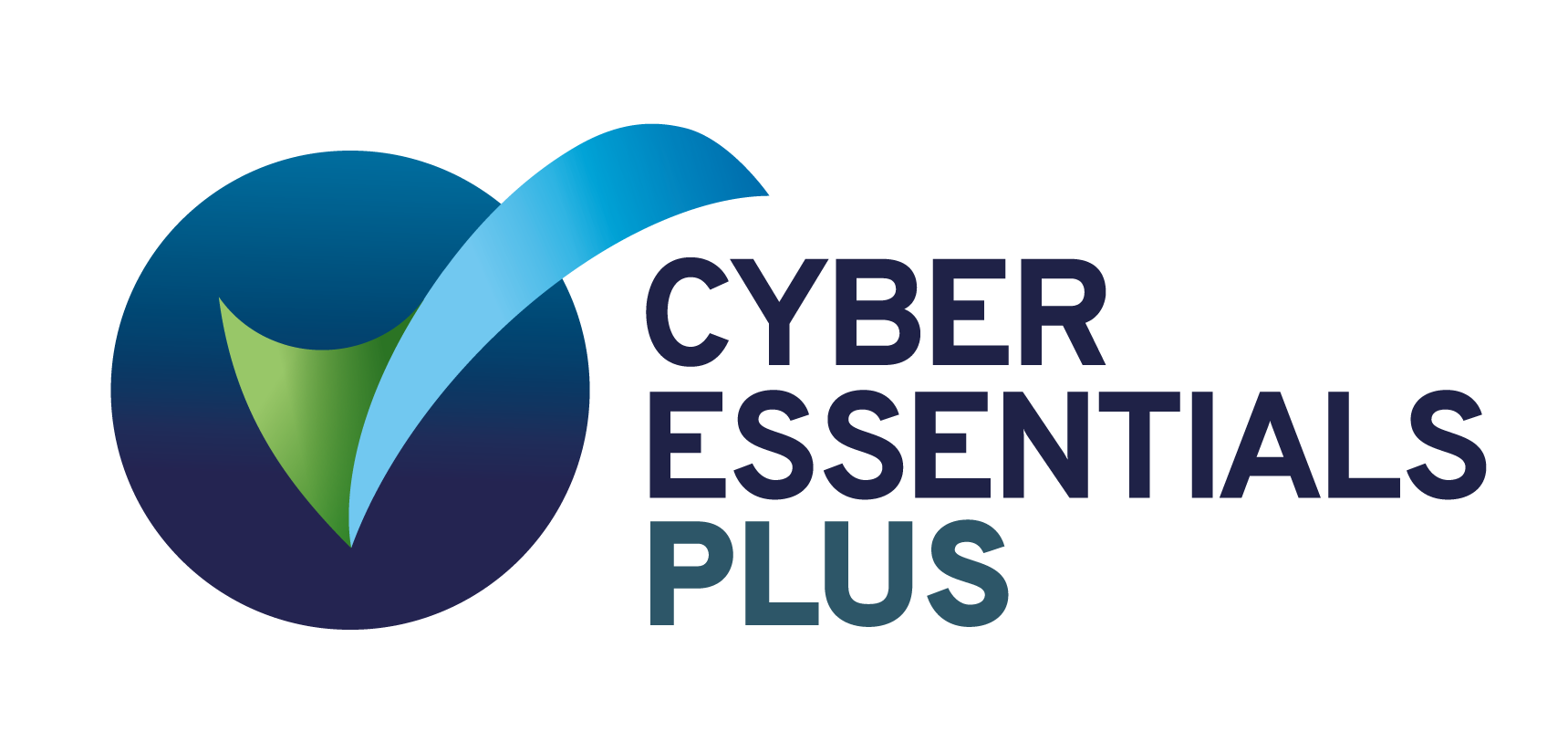The last days in April and MTD deadlines were fast approaching; the process of development, testing and getting HMRC approval for our new application was completed. The IMS Making Tax Digital Bridging Application for the iSeries was ready to run our very first automated deposit to HMRC. I am relieved to say everything worked as planned and the client was happy with the results. But – as with any new venture it was not without it’s learning curve. The biggest problem we faced was not the process of data transfer into the requisite nine HMRC boxes, it was the accuracy of the data to be transferred.
In the past when preparing VAT data for HMRC there was a natural interval between data export and data submission. This created an effective ‘resting place’ while the data exported from the iSeries was in Excel and presented an opportunity to check and correct it. Noticeable discrepancies could be identified and corrected before the VAT Return was submitted. With MTD this natural breathing space has been lost, which is the entire reason for MTD because HMRC estimate they are losing £9bn a year through these ‘corrections’.
Clean Data
Once MTD goes fully live in October with larger companies handling many thousands of products and tens of thousands if not millions of transactions it will be critical that the data has been entered correctly into the iSeries in the first place. If wrong data has been entered accounts personnel will have to do an auditable correction. For instance if a wrong VAT code has been used then will have to generate a credit and a new invoice, they will not be able to just correct it on the excel sheet. This may create a smoothly operating digital world for HMRC but it will certainly generate extra work and stress for busy accounts departments. Cleansing data prior to running the MTD application will be critical to avoids these retrospective corrections. This means that by 1st October, all systems need to be set up correctly – and that is only 21 weeks away.



